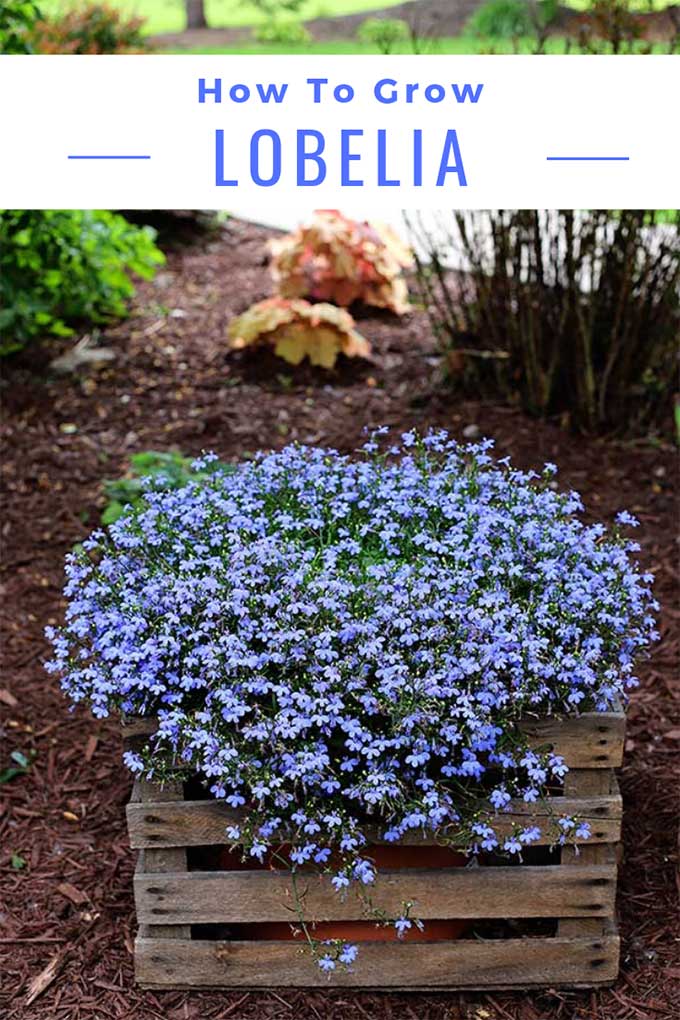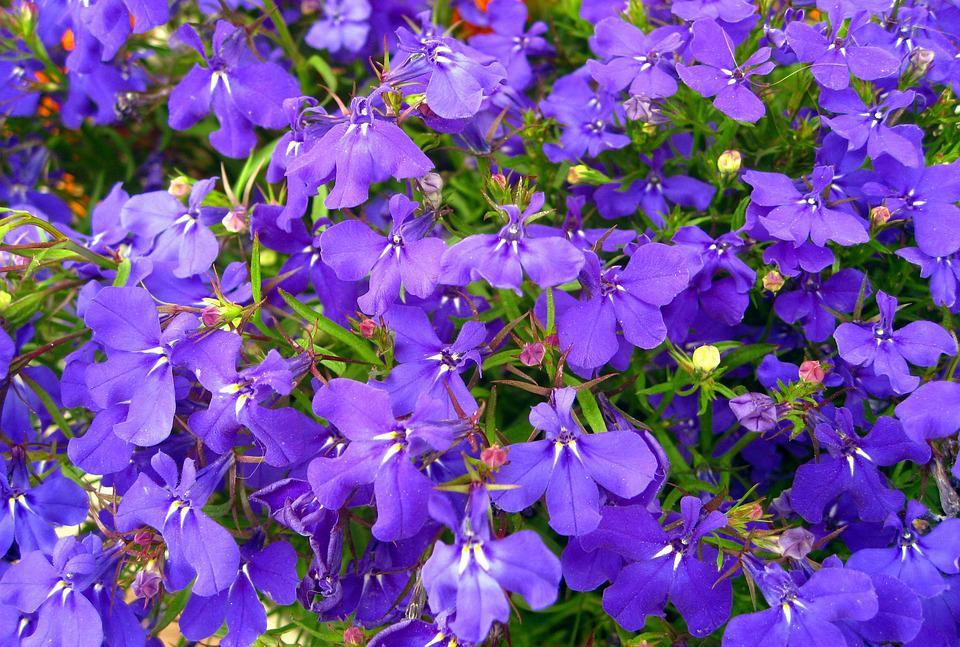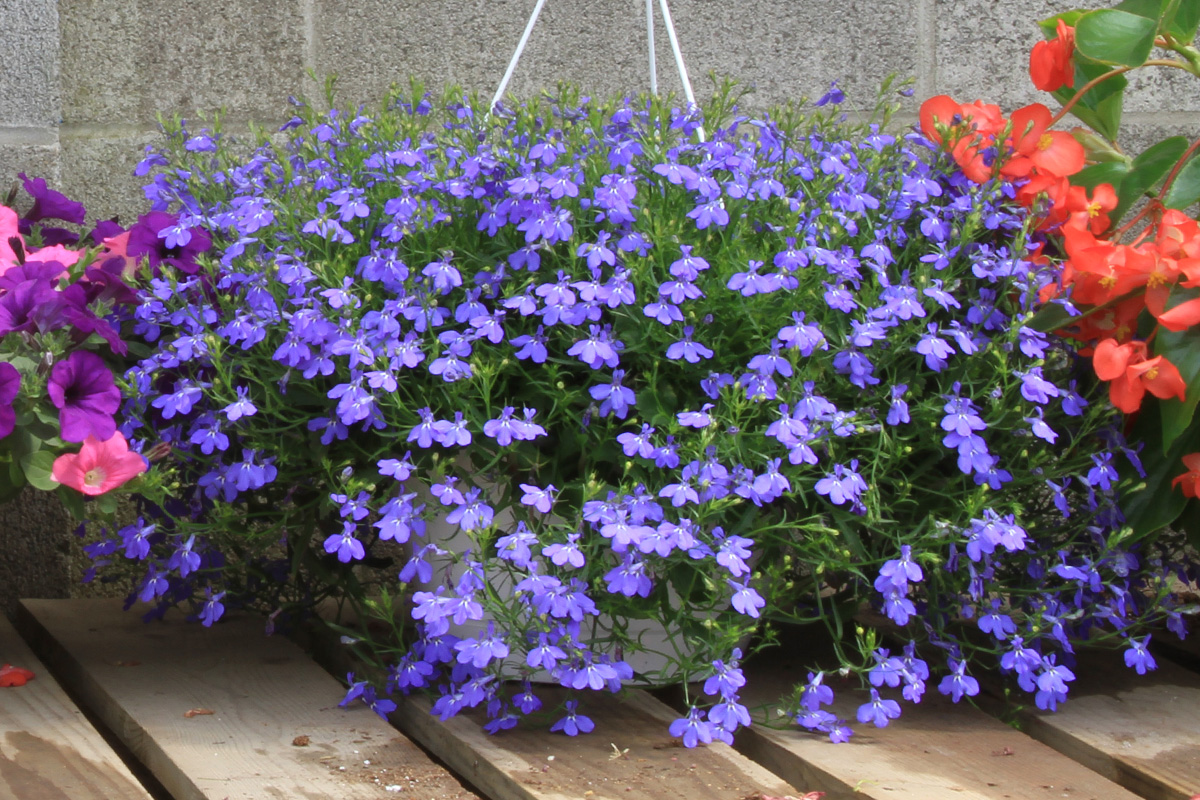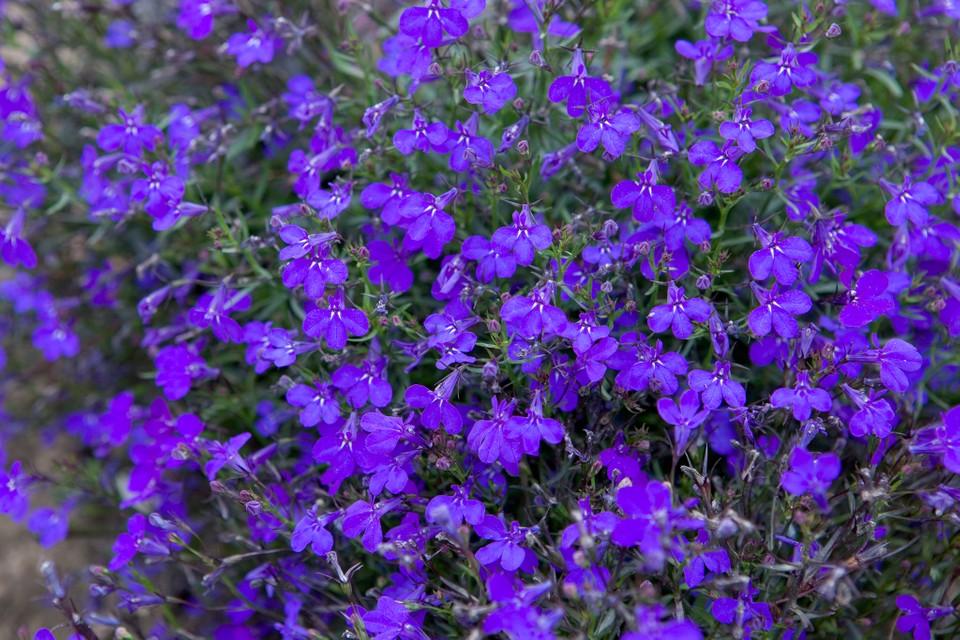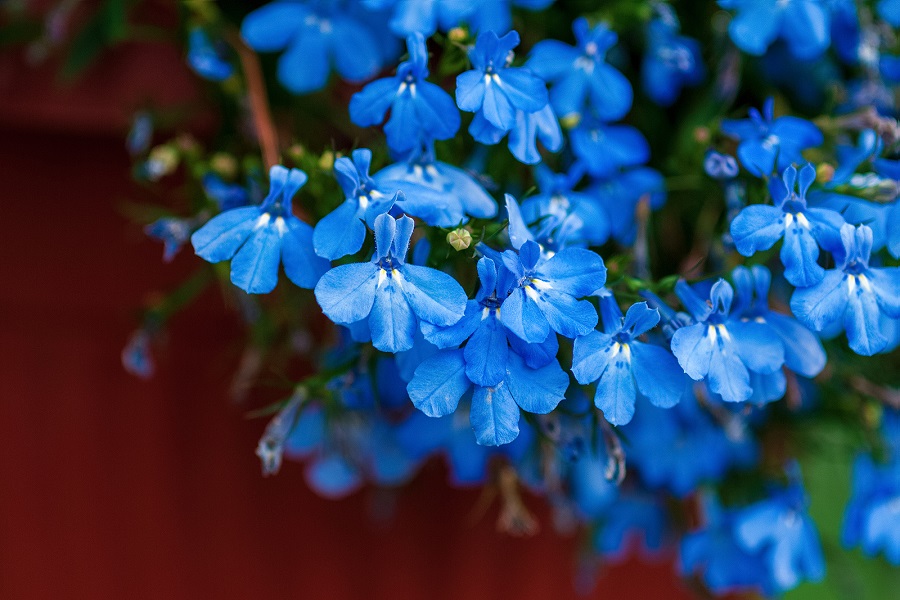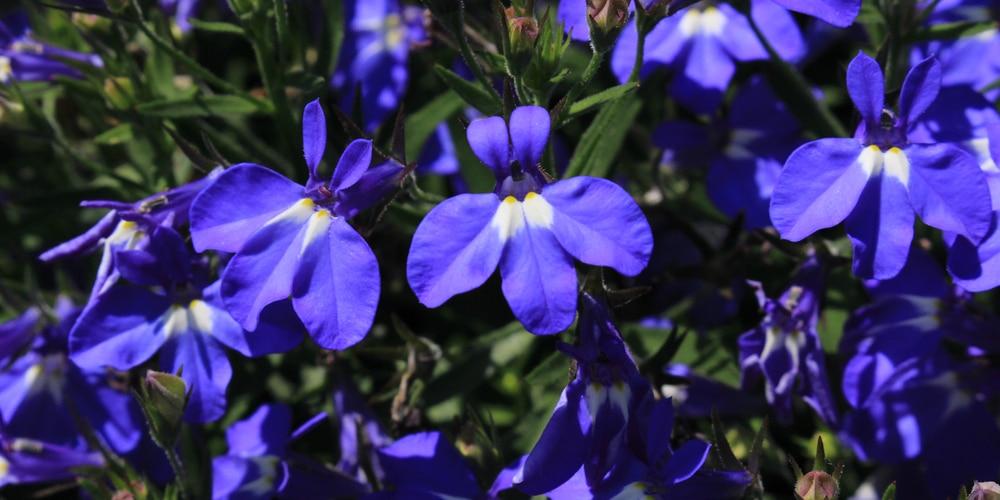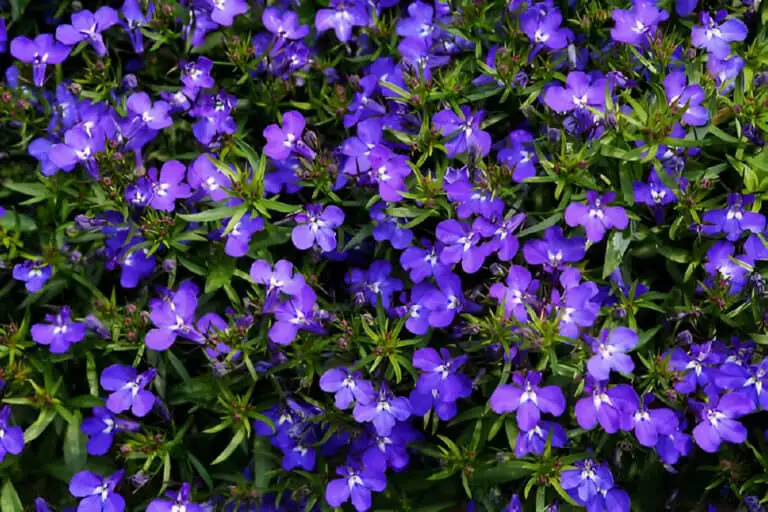Understanding Lobelia’s Needs: A Key to Continuous Blooming
Lobelia plants are known for their delicate, dainty blooms that add a touch of elegance to any garden or indoor space. To keep lobelia blooming all summer, it’s essential to understand the plant’s basic needs. Lobelia requires full sun to partial shade, with a minimum of 4-6 hours of direct sunlight per day. However, in warmer climates, it’s crucial to provide some afternoon shade to prevent scorching.
Watering is also critical for lobelia’s success. The soil should be kept consistently moist but not waterlogged, as this can lead to root rot. A well-draining potting mix can help prevent this issue. Fertilization is also necessary to promote healthy growth and blooming. A balanced, water-soluble fertilizer applied once a month can provide the necessary nutrients for optimal blooming.
By understanding lobelia’s needs, gardeners can take the first step towards keeping their plants blooming all summer. Providing the right conditions, including sunlight, watering, and fertilization, can help promote healthy growth and encourage continuous blooming. With proper care, lobelia plants can thrive and provide a beautiful display of color throughout the summer months.
In addition to meeting lobelia’s basic needs, gardeners can also take steps to encourage blooming. Deadheading, or removing spent blooms, can help promote more flowering. Pruning can also help maintain plant shape and encourage bushy growth. By combining these techniques with proper care, gardeners can enjoy a vibrant display of lobelia blooms all summer long.
For those looking to keep their lobelia blooming all summer, it’s essential to remember that consistency is key. By providing the right conditions and taking steps to encourage blooming, gardeners can enjoy a beautiful display of color throughout the summer months. With proper care and attention, lobelia plants can thrive and provide a stunning display of blooms.
How to Deadhead Lobelia for More Blooms
Deadheading is a simple yet effective technique to encourage more blooms on lobelia plants. By removing spent flowers, you can promote the plant to produce more blooms, rather than focusing its energy on seed production. To deadhead lobelia, start by inspecting the plant for spent blooms. Look for flowers that have faded or wilted, and gently grasp the stem just below the flower.
Using a pair of clean scissors or pruning shears, snip off the stem at a 45-degree angle, just above a leaf node. Make sure to remove the entire flower stem, as leaving any part of the stem can encourage the plant to produce seeds rather than new blooms. Repeat this process for all spent blooms on the plant, taking care not to damage any surrounding stems or leaves.
Deadheading lobelia can be done at any time, but it’s most effective when done regularly. Try to deadhead your lobelia plants at least once a week, or whenever you notice spent blooms. This will encourage the plant to produce more flowers and maintain its blooming cycle throughout the summer.
In addition to promoting more blooms, deadheading can also help maintain the plant’s appearance. By removing spent flowers, you can keep the plant looking tidy and encourage bushy growth. This is especially important for lobelia plants, which can become leggy and sparse if not properly maintained.
By incorporating deadheading into your lobelia care routine, you can enjoy a more vibrant and blooming plant all summer long. Remember to combine deadheading with other techniques, such as pruning and fertilizing, to keep your lobelia plants healthy and thriving. With proper care and attention, lobelia plants can provide a stunning display of color and beauty throughout the summer months.
The Importance of Soil Quality for Lobelia Blooming
Soil quality plays a crucial role in promoting healthy growth and blooming in lobelia plants. Well-draining soil is essential to prevent waterlogged soil conditions that can lead to root rot and other problems. Lobelia plants prefer a slightly acidic to neutral soil pH, ranging from 6.0 to 7.0. Soil with a pH outside of this range can affect nutrient availability and uptake, leading to poor growth and blooming.
In addition to pH, nutrient-rich soil is also essential for lobelia blooming. Lobelia plants require a balanced diet of nutrients, including nitrogen, phosphorus, and potassium. A lack of these nutrients can lead to poor growth, weak stems, and reduced blooming. To improve soil quality, consider adding organic matter such as compost or well-rotted manure. These amendments can help improve soil structure, increase nutrient availability, and support beneficial microbial activity.
Another important aspect of soil quality is its ability to retain moisture. Lobelia plants prefer consistently moist soil, but not waterlogged. To achieve this, consider adding organic matter such as peat moss or coconut coir to the soil. These materials can help improve soil’s water-holding capacity, reducing the need for frequent watering and minimizing the risk of drought stress.
When it comes to fertilizing lobelia plants, it’s essential to choose a balanced fertilizer that provides the necessary nutrients for healthy growth and blooming. A fertilizer with a balanced N-P-K ratio (nitrogen-phosphorus-potassium) is ideal, as it provides the necessary nutrients for leaf growth, root development, and blooming. Avoid over-fertilizing, as this can lead to weak growth, reduced blooming, and environmental pollution.
By understanding the importance of soil quality for lobelia blooming, gardeners can take steps to improve their soil and promote healthy growth and blooming. By providing the right soil conditions, including well-draining soil, optimal pH, and nutrient-rich soil, gardeners can enjoy a vibrant display of lobelia blooms all summer long.
Pruning Lobelia for Bushy Growth and More Blooms
Pruning is an essential technique for promoting bushy growth and encouraging more blooms on lobelia plants. By pruning lobelia regularly, you can control the plant’s shape, encourage new growth, and increase blooming. To prune lobelia, start by inspecting the plant for any dead, diseased, or damaged stems. Remove these stems at the base, making a clean cut just above a leaf node.
Next, look for any leggy or overgrown stems and cut them back to about one-third to one-half of their length. This will help control the plant’s shape and encourage new growth. You can also pinch off the tips of the stems to encourage branching and promote a fuller plant.
When pruning lobelia, it’s essential to make clean cuts and avoid tearing the stems. Use a pair of sharp, clean pruning shears or scissors to make the cuts, and avoid crushing or bruising the stems. This will help prevent the spread of disease and encourage healthy growth.
Pruning lobelia can be done at any time, but it’s most effective when done regularly. Try to prune your lobelia plants every 2-3 weeks, or whenever you notice the plant becoming leggy or overgrown. This will help maintain the plant’s shape, encourage new growth, and promote more blooms.
By incorporating pruning into your lobelia care routine, you can enjoy a more vibrant and blooming plant all summer long. Remember to combine pruning with other techniques, such as deadheading and fertilizing, to keep your lobelia plants healthy and thriving. With proper care and attention, lobelia plants can provide a stunning display of color and beauty throughout the summer months.
Common Pests and Diseases that Affect Lobelia Blooming
Lobelia plants are susceptible to several pests and diseases that can affect their blooming. Aphids, whiteflies, and spider mites are common pests that can infest lobelia plants, causing damage to the leaves and flowers. To prevent infestations, inspect your plants regularly and treat any infestations promptly with insecticidal soap or neem oil.
Powdery mildew is a common disease that can affect lobelia plants, causing a white, powdery coating to form on the leaves. To prevent powdery mildew, ensure good air circulation around your plants and avoid overhead watering. If you do notice powdery mildew, treat it promptly with a fungicide.
Root rot is another common disease that can affect lobelia plants, causing the roots to rot and the plant to decline. To prevent root rot, ensure that your plants are not overwatered and that the soil drains well. If you do notice root rot, treat it promptly by removing the affected roots and repotting the plant in fresh, well-draining soil.
By being aware of these common pests and diseases, you can take steps to prevent them and keep your lobelia plants healthy and blooming all summer. Regular inspection and prompt treatment can help prevent infestations and infections, ensuring that your lobelia plants continue to thrive.
In addition to preventing pests and diseases, it’s also important to provide your lobelia plants with good care. This includes providing them with plenty of sunlight, water, and nutrients. By following these tips, you can help keep your lobelia plants healthy and blooming all summer.
How to Fertilize Lobelia for Continuous Blooming
Fertilizing lobelia plants is essential for promoting continuous blooming. Lobelia plants require a balanced diet of nutrients to produce plenty of flowers and maintain healthy growth. A balanced fertilizer with a ratio of 10-10-10 (nitrogen-phosphorus-potassium) is ideal for lobelia plants.
When fertilizing lobelia plants, it’s essential to follow the instructions on the fertilizer package. Over-fertilizing can damage the plant and lead to weak growth and reduced blooming. Start by fertilizing your lobelia plants once a month, and adjust the frequency as needed based on the plant’s response.
In addition to using a balanced fertilizer, you can also use a bloom-boosting fertilizer to promote more blooming. These fertilizers typically have a higher phosphorus content, which helps promote flower production. However, be careful not to overuse these fertilizers, as they can lead to weak growth and reduced blooming.
Another option for fertilizing lobelia plants is to use compost or well-rotted manure. These natural fertilizers provide a slow release of nutrients, which can help promote healthy growth and blooming. Simply mix a small amount of compost or manure into the soil around the base of the plant, and water well.
By fertilizing your lobelia plants regularly, you can promote continuous blooming and maintain healthy growth. Remember to follow the instructions on the fertilizer package, and adjust the frequency as needed based on the plant’s response. With proper fertilization, you can enjoy a vibrant display of lobelia blooms all summer long.
Providing Support for Tall Lobelia Varieties
Tall lobelia varieties can grow quite large, and may require support to prevent them from toppling over in the wind. Providing support for these plants is essential to keep them upright and promote healthy growth. There are several options for providing support, including stakes, trellises, and cages.
Stakes are a simple and effective way to provide support for tall lobelia varieties. Simply drive a stake into the ground near the base of the plant, and tie the stem to the stake using twine or a clip. Make sure the stake is tall enough to support the plant, and that the tie is not too tight, as this can damage the stem.
Trellises are another option for providing support for tall lobelia varieties. These can be placed near the base of the plant, and the stems can be trained to climb up the trellis. This can be a decorative way to provide support, and can also help to keep the plant upright.
Cages are also a good option for providing support for tall lobelia varieties. These can be placed around the base of the plant, and the stems can be trained to grow up through the cage. This can be a good option for plants that are prone to toppling over, as it provides extra support and stability.
When providing support for tall lobelia varieties, it’s essential to do so carefully, as you don’t want to damage the plant. Make sure the support is sturdy and secure, and that it is not too tight, as this can damage the stem. With proper support, tall lobelia varieties can grow and thrive, providing a beautiful display of blooms all summer long.
Overwintering Lobelia for Year-Round Blooming
While lobelia plants are typically grown as annuals, it is possible to overwinter them for year-round blooming. This can be done by bringing the plants indoors during the winter months and providing them with the right conditions. One option is to use containers, which can be moved indoors during the winter and outdoors during the spring and summer.
Another option is to use a greenhouse, which can provide the right conditions for lobelia plants to thrive year-round. Greenhouses can be heated and cooled to provide the optimal temperature for lobelia plants, and can also provide protection from extreme weather conditions.
Indoor lighting can also be used to overwinter lobelia plants. This can include using grow lights or placing the plants in a sunny window. It’s essential to provide the right amount of light, as too little light can cause the plants to become leggy and weak.
When overwintering lobelia plants, it’s essential to reduce watering and fertilization. This can help prevent the plants from becoming too leggy and weak. It’s also essential to prune the plants back to encourage new growth and prevent them from becoming too large.
By overwintering lobelia plants, you can enjoy year-round blooming and keep your plants healthy and thriving. This can be a great option for gardeners who want to enjoy their lobelia plants for as long as possible.


